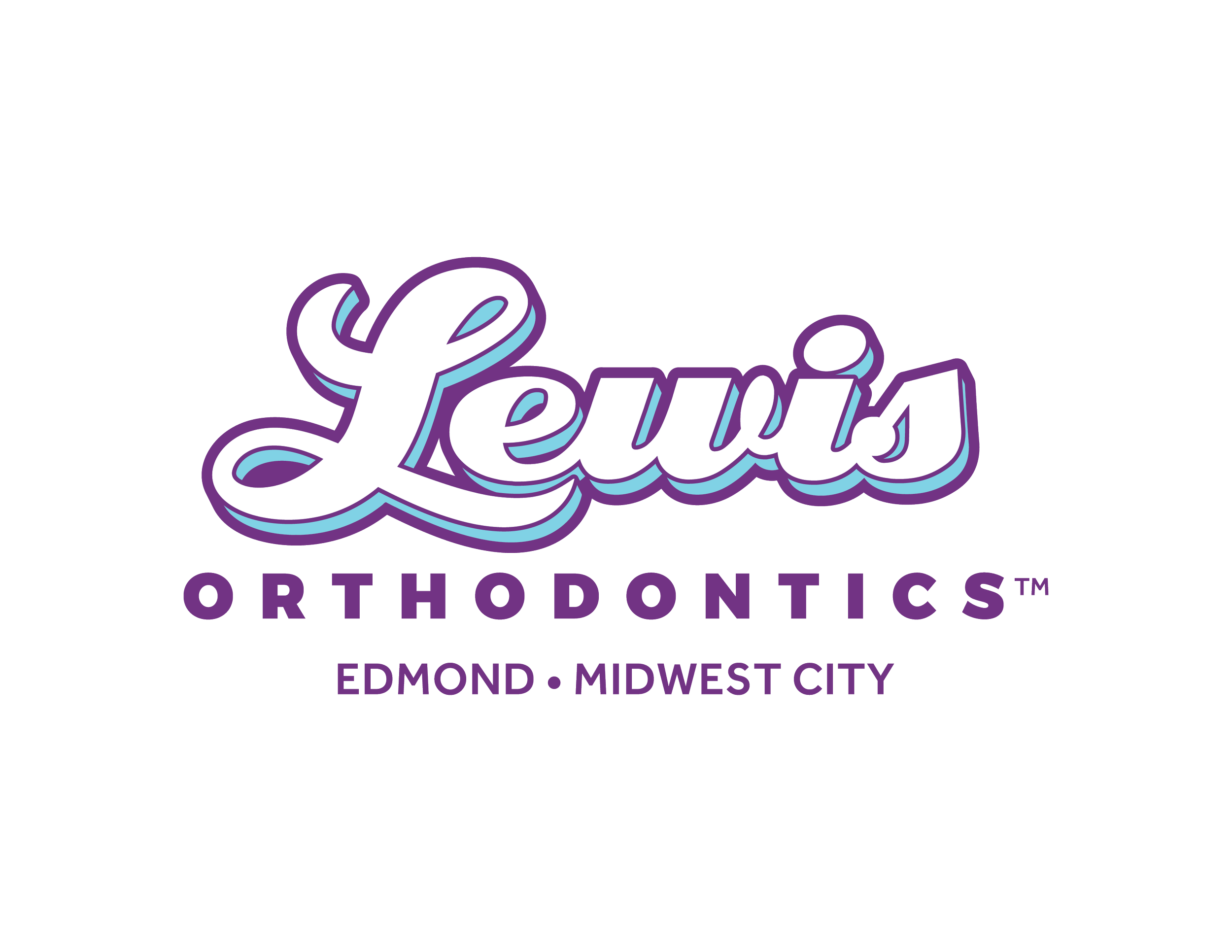Two-phase orthodontic treatment is a specialized process that combines teeth straightening as well as physical and facial changes.
Two-phase treatments maximize the opportunity for a healthy, functional, aesthetically pleasing smile that will remain stable throughout your child’s life.
If completed early enough, two-phase treatment can avoid the need for more invasive treatment later in life. Early treatment may also prevent permanent teeth removal and the need for surgical procedures to realign the jaws.
Phase One
Phase-one treatment helps the jaw develop in a way that accommodates all of its permanent teeth and upper and lower jaws. Children as young as six can exhibit early signs of jaw problems as they grow and develop. An upper jaw that grows too quickly or narrowly can be spotted early so that proper orthodontics can intervene. Children over the age of six that exhibit this jaw discrepancy are candidates for early orthodontic treatment. Children around the age of eight with crowded front teeth can also benefit from early treatment.
Orthodontic records will be necessary to determine the type of appliances to be used, the duration of treatment time and the frequency of visits. Records consist of models of the teeth, X-rays and photographs. During your child’s initial consultation, Dr. Lewis will take records to determine if early treatment is necessary.
During the resting period, the remaining permanent teeth are left alone to erupt. A successful first phase will have created sufficient room for permanent teeth to find an eruption path. It is best to allow the existing permanent teeth some freedom of movement; otherwise, they may become impacted or severely displaced.
At the end of the first phase, teeth are not in their final positions. This will be determined and accomplished in the second phase of treatment. Selective removal of certain primary (baby) teeth may be in the best interest of enhancing eruption during this resting phase. Therefore, periodic recall appointments for monitoring are necessary, usually on a six-month basis.
Phase Two
The second phase of treatment ensures that each tooth has an exact location in the mouth that is optimal for the lips, cheeks, tongue, and other teeth. Once properly set, the teeth will function together properly. Phase two usually involves full upper and lower braces.
During the first phase, orthodontic records, a diagnosis and a treatment plan were established. Certain appliances were used in the first phase to correct and realign the teeth and jaw. The second phase begins when all permanent teeth have erupted and usually requires braces on all the teeth for an average of 24 months. Retainers are worn after this phase to ensure your child retains their beautiful smile.
If you think you or your child would benefit from two-phase treatment, call Lewis Orthodontics to schedule an appointment.
Two-phase orthodontic treatment is a specialized process that combines teeth straightening as well as physical and facial changes.
Two-phase treatments maximize the opportunity for a healthy, functional, aesthetically pleasing smile that will remain stable throughout your child’s life.
If completed early enough, two-phase treatment can avoid the need for more invasive treatment later in life. Early treatment may also prevent permanent teeth removal and the need for surgical procedures to realign the jaws.
Phase One
Phase-one treatment helps the jaw develop in a way that accommodates all of its permanent teeth and upper and lower jaws. Children as young as six can exhibit early signs of jaw problems as they grow and develop. An upper jaw that grows too quickly or narrowly can be spotted early so that proper orthodontics can intervene. Children over the age of six that exhibit this jaw discrepancy are candidates for early orthodontic treatment. Children around the age of eight with crowded front teeth can also benefit from early treatment.
Orthodontic records will be necessary to determine the type of appliances to be used, the duration of treatment time and the frequency of visits. Records consist of models of the teeth, X-rays and photographs. During your child’s initial consultation, Dr. Lewis will take records to determine if early treatment is necessary.
During the resting period, the remaining permanent teeth are left alone to erupt. A successful first phase will have created sufficient room for permanent teeth to find an eruption path. It is best to allow the existing permanent teeth some freedom of movement; otherwise, they may become impacted or severely displaced.
At the end of the first phase, teeth are not in their final positions. This will be determined and accomplished in the second phase of treatment. Selective removal of certain primary (baby) teeth may be in the best interest of enhancing eruption during this resting phase. Therefore, periodic recall appointments for monitoring are necessary, usually on a six-month basis.
Phase Two
The second phase of treatment ensures that each tooth has an exact location in the mouth that is optimal for the lips, cheeks, tongue, and other teeth. Once properly set, the teeth will function together properly. Phase two usually involves full upper and lower braces.
During the first phase, orthodontic records, a diagnosis and a treatment plan were established. Certain appliances were used in the first phase to correct and realign the teeth and jaw. The second phase begins when all permanent teeth have erupted and usually requires braces on all the teeth for an average of 24 months. Retainers are worn after this phase to ensure your child retains their beautiful smile.
If you think you or your child would benefit from two-phase treatment, call Lewis Orthodontics to schedule an appointment.
Maximize Your Smile.
Plan Your Visit Today!





